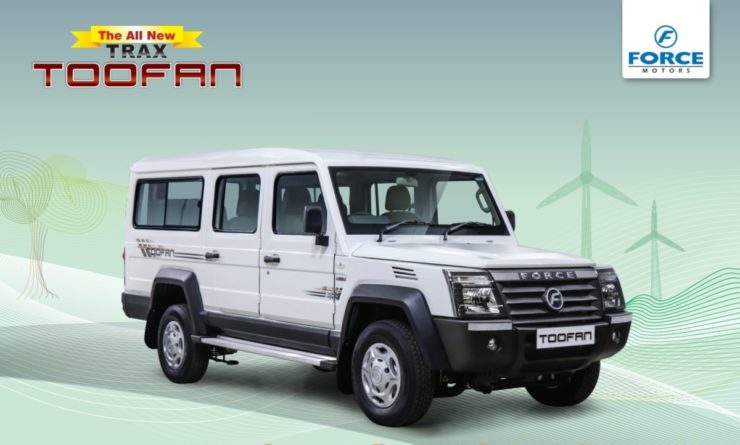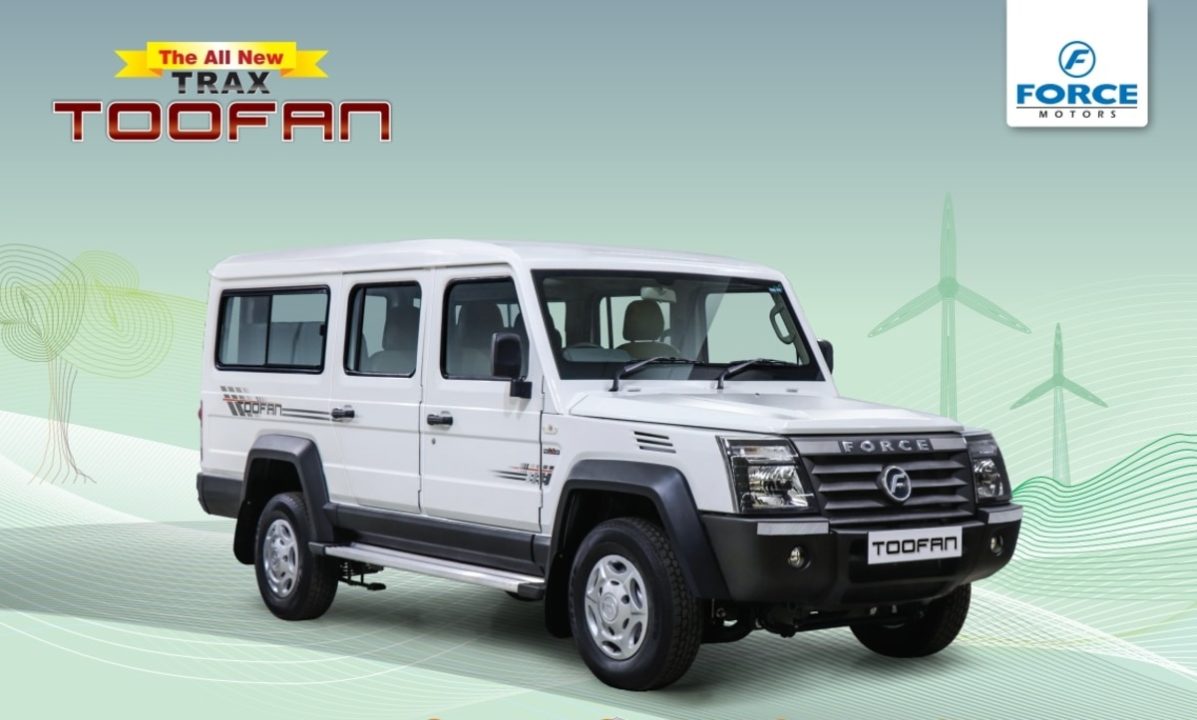No matter AC or DC, to turn the rotor of a motor, we need a thing called circular (or spinning/rotary) magnetic field with a torque/turning momentum. In AC net, we have 3 ways to make that: use 3 phases source, capacitor or short-circuit ring.
3 phase solution is used for “big” motors, where they have enough space to implement. It is the best solution in term of power efficiency. Furthermore, this solution is the only one that is cheap enough to provide big power force that two other solutions, due to the economic constrain (price/efficiency ratio) could not be used.
Short-circuit ring solution is the simplest then cheapest solution but the efficiency on power consumption is also the worst.
The capacitor solution is more compact than 3 phase and more power efficiency than the short circuit ring. Then for a small motor like your fan - not quite big to implement the 3 phase solution - and in a not so poor market - when we do not need the cheapest solution, the capacitor is used. Note that this solution could not be used for a big motor because a big capacitor would be too much expensive to create.
There are always two paths in an AC motor using capacitor. A capacitor needs time to charge then delays the phase angle of the current running through the path having this capacitor, compared to the current running in the other path - main working path. As each path generates itself an electro-magnetic field, this difference makes two different electro-magnetic forces, creating a torque to turn the rotor.
Without this capacitor, two currents in two paths have the same phase angle and no torque exists in this case, then rotor does not turn at all.
By the way, 3 phase solution has naturally this phase angle difference. Each phase has a 120 degree gap over the others.
And short circuit ring creates a shaded pole with an inductive winding of only 1 ring. This inductive winding generates an inductive current with the current phase angle also later than the angle on the main winding. Then makes also phase angle difference like two other solutions.
Return to the capacitor solution. If the rotor inertia could not keep the circular magnetic field alive, we need to keep a certain capacitor in the line. This capacitor is about 1/4 to 1/3 of the need at start up. In other case, the capacitor only needs to work at start up. After the rotor started to turn, the rotor inertia can keep the circular magnetic field alive then we do not need the capacitor anymore.
That is why in this case (the rotor inertia is big enough), when the capacitor dies, you can start your fan, after plug it into the wall power socket, by turning the fan blade manually.
That is also why many AC motors using capacitor have a mechanism to cut the capacitor path from the power line after the start up. The capacitor path is useless now but still consumes electric if not cut off. Using an inertia ball (centrifugal) switch is the simplest solution.
P/S: There is one more case that capacitor is used while the motor is running but not just only in start up. That is to improve the power factor of the motor.
Electric motor is an electric device working based on electro-magnetic field. It then naturally creates an inductive reactance that reduces the motor power factor - power consumption efficiency. To reduce the total reactance of the motor - restore the “nearly ideal” value, a “working” capacitor is used.
But not like in the case that the rotor inertia is not enough, in which the capacitor is on the capacitor path, the power correction capacitor is almost in the main power line, before the point that the main line is separated to two paths for capacitor line and main working line or after the point of regrouping of these two paths



